Once you’ve gone through the process of sizing a lead screw, you know what diameter and lead will provide the required load capacity, speed, and back driving torque for the application. But there are hundreds — maybe thousands — of lead screw designs on the market. Beyond the basics of diameter and lead, how do you choose the specific lead screw assembly that will work best in your application?
The final lead screw selection often comes down to three factors: backlash, material, and customization.
Backlash
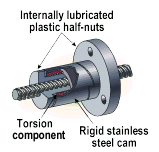
Caused by clearance, or play, between the screw and the nut, backlash affects the repeatability of the screw assembly, preventing it from returning to the same position over repeated movements. Although backlash was once taken as an unavoidable trait that prevented lead screws from being used in precision applications, manufacturers now offer anti-backlash versions of most lead screw nuts, greatly improving their repeatability.
A common method to eliminate backlash in a lead screw nut is to incorporate a spring or other compliant part (such as a washer) between two nut halves. Other methods use a stiff spacer that can expand or move relative to the nut halves, continually compensating for clearance that develops as the nut wears.
For applications that require high repeatability, look for an anti-backlash nut, keeping in mind how wear will affect its performance over time. Also note that drag torque may be higher due to the preload that’s placed on the nut, and that additional space may be required to accommodate the anti-backlash design.
Material
Lead screws are able to operate in very challenging environments, including some conditions that would be impossible for ball screws to withstand. One reason for this is that lead screw nuts don’t have recirculating elements, which are highly susceptible to debris and contamination.
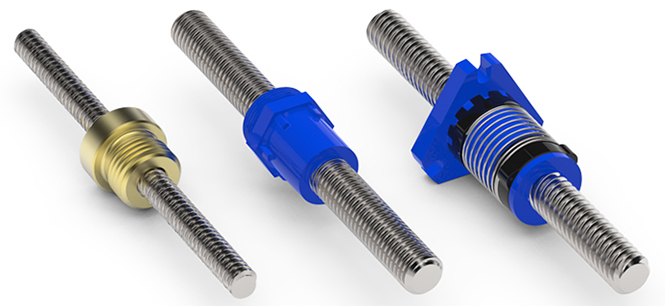
Image credit: Helix Linear Technologies, Inc.
But another reason is that lead screw nuts can be made from a wide variety of materials, including bronze and various plastics, to suit the environmental conditions — whether they include caustic liquids, abrasive particles, or temperature extremes. Lead screw shafts can be made from carbon steel, stainless steel, or aluminum, and they’re commonly supplied with a surface coating for additional protection against contamination. In their standard offerings, many lead screw manufacturers supply PTFE-based coatings, which provide durability in harsh environments and supply lubrication to the nut, eliminating the need for grease or oil.
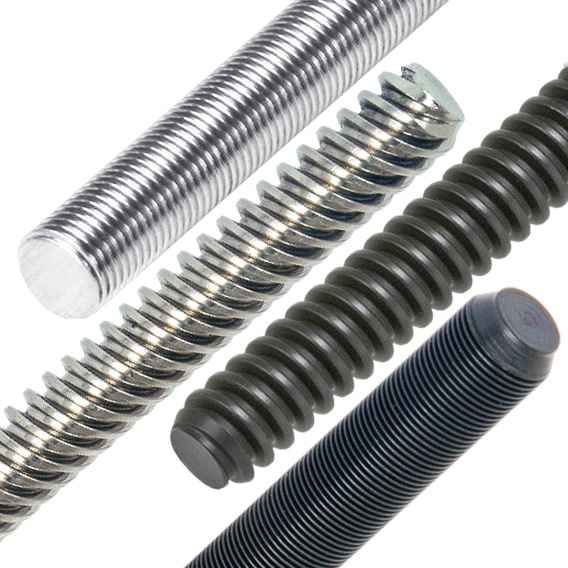
Image credit: AMETEK, Inc.
Customization
In addition to the “standard customization” options for screw end machining — to accommodate fixed or floating end bearings, or to add keyways for couplings, for example — most lead screw manufacturers offer truly customized designs. These can include special leads, thread forms, or nut bodies.
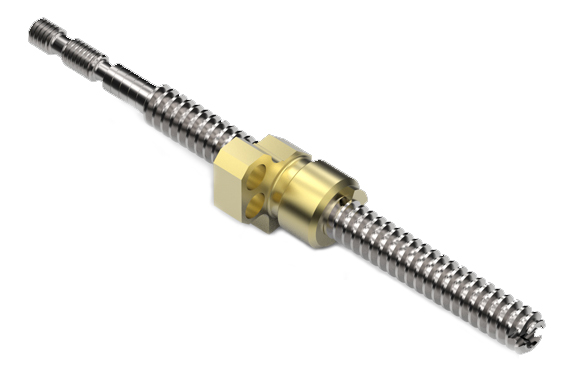
Image credit: Helix Linear Technologies, Inc.
Going one step farther, some manufacturers offer integration of the lead screw with a linear guide to provide a custom slide or actuator. This level of customization is especially helpful when an OEM or end user is replacing legacy parts that are no longer offered, or changing an existing design that has fit, form, or function constraints.

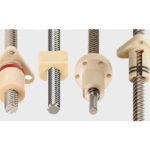
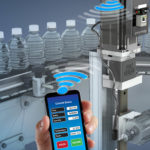

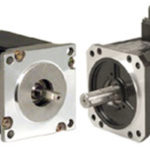
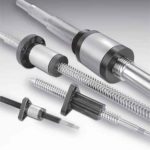

Leave a Reply
You must be logged in to post a comment.